By Louise Irvine
Yo ho ho a pirate’s life for me! Pirate life has captured our imaginations since childhood thanks to adventure stories like Treasure Island and Disney’s Pirates of the Caribbean. Images of intrepid, swashbuckling seafarers and treasure chests buried on deserted tropical islands were kept alive by the Royal Doulton Potteries. From the 1930s to the 1980s, the Doulton artists produced colorful figures, character jugs, and loving cups depicting the exploits of real and fictional pirates.
The reality of pirate life was very different as can be seen in the rich maritime history of Florida, which had strategic significance to Spain and Britain for protecting trade routes between South America and Europe. Pirate plunder rarely included gold and jewels as more often they looted general merchant cargo. Rather than hoard pieces of eight in buried treasure chests, most pirates immediately spent all their ill-gotten gains on wine, women, and gambling as soon as they arrived in port. The glorification of pirates in literature, legend, movies, and art has tended to obscure the darker side of their lives as notorious outlaws.
One of the most feared pirates in Florida was Sir Francis Drake, who was known as the Sea Dragon by the Spanish colonists. He was a privateer, which meant his looting of enemy ships and ports was authorized by the British crown. Drake was famous for being the first navigator to sail around the globe and live to tell the tale. In 1586, on route back to England after destroying Spanish ports in South America, he ruthlessly razed Florida’s military outpost of St. Augustine to the ground. He went on to defeat the Spanish Armada’s attempted invasion of England and became a national hero.
Drake’s exploits, including his knighthood by Queen Elizabeth I, were depicted on a limited-edition jug made by Royal Doulton in 1933. It features Drake’s drum, which he took with him on his voyages around the world. According to legend, Drake claimed that if the drum is beaten in times of trouble, he would come back from heaven to rescue the country. The drum, which is now in Buckland Abbey, is also included symbolically on the back of the first Royal Doulton character jug portrait of Drake, which was produced in 1940 during World War II.
Sir Henry Morgan was also knighted after his success as a privateer in the Spanish Main. He narrowly escaped the gallows for his attack on Panama City in 1671 which violated a peace treaty between England and Spain. Instead, he was appointed governor of Jamaica and died of natural causes in 1688 having inspired many tales of pirate lore. He was portrayed as a Royal Doulton character jug in 1958 with his galleon in full sail as the handle.
Captain William Kidd, the Scottish privateer, was not so fortunate and was hung for piracy at Execution Dock, London, in 1701. He is famous for burying his booty of gold, silver, rubies, and diamonds on Gardiners Island, NY, which inspired several pirate adventure stories including Treasure Island. First published in 1881, this tale of buccaneers and buried gold by the Scottish author, Robert Louis Stevenson, greatly influenced public perceptions of pirates. Treasure maps, shipwrecks on desert islands, and Long John Silver, the one-legged seamen with his parrot, were all featured on the Royal Doulton limited-edition jug from 1934.
The early 1700s is regarded as the Golden Age of Piracy when the notorious Blackbeard and Calico Jack Rackham roamed the Caribbean intent on pillage and plunder. After long years of war, many unemployed sailors joined them, disillusioned with the harsh life in the British royal navy and merchant ships. Captain Henry Jennings is renowned for his remarkable success as a pirate. In 1716, he stole the coins and jewels salvaged from a Spanish treasure fleet that was wrecked on the Florida coast during a hurricane. When the King of England issued a royal proclamation to stop piracy in the Caribbean, Jennings accepted the royal pardon in 1717 and retired a wealthy man.
1717 was an eventful year as the Whydah Gally was wrecked that year off the coast of Cape Cod, MA. It had been captured by Black Sam Bellamy near Cuba and became his flagship. According to survivors, the Whydah carried tons of silver, gold, which eluded treasure hunters until 1984 when the ship was found using the original map of the wreck site. With the discovery of the ship’s bell the following year, it was the first authenticated pirate shipwreck from the Golden Age of Piracy.
Dania Beach has its own pirate history thanks to the Pirates World amusement park which opened in 1967 and was a popular tourist destination until the opening of Disney World in 1971. There was a Crow’s Nest observation tower, which came from the 1964 New York World’s Fair, and a life-sized pirate ship that sailed through a barrage of cannon fire and enemy pirates. The famous steeplechase ride came from Coney Island and some of the horses were eventually donated to the Coney Island Museum. The petting zoo had an elephant until it grew too large for its enclosure and a seal pond where visitors could feed them with fish. Pirates World became famous as a venue for rock concerts, including Led Zeppelin, the Grateful Dead, The Moody Blues, and the Beach Boys.
Florida is now fortunate to have the Trash Pirates, a 501c3 organization with a mission to clean up the state’s beaches, reefs, and waterways. They are educating the public about ocean conservation and the consequences of the careless disposal of trash. They organize community-driven beach and intracoastal cleanup events and they are working with the City of Dania Beach on local initiatives. Find out more about the Trash Pirates at the WMODA Treasure Hunt on June 5 and see how you can get involved for World Ocean Day and every day.
Read more...
Trash Pirates
The WMODA Treasure Hunt
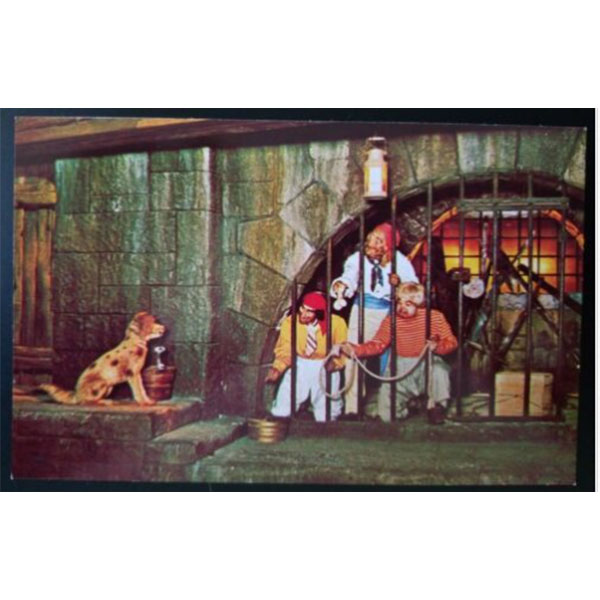
Pirates of Caribbean vintage postcard
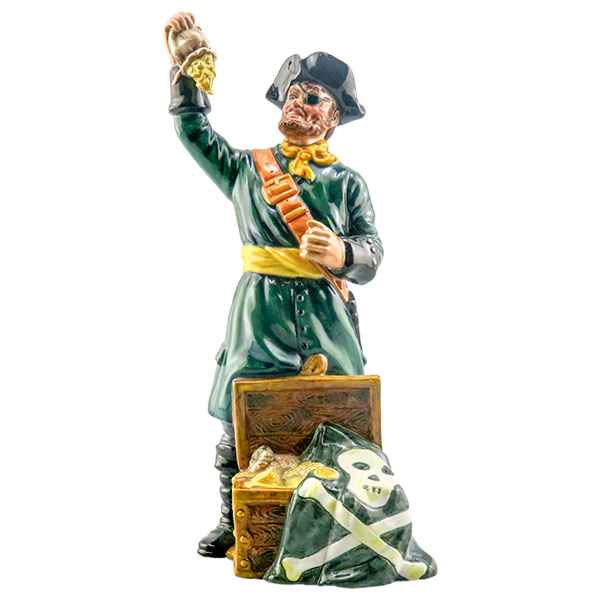
Royal Doulton Pirate Gold prototype figure
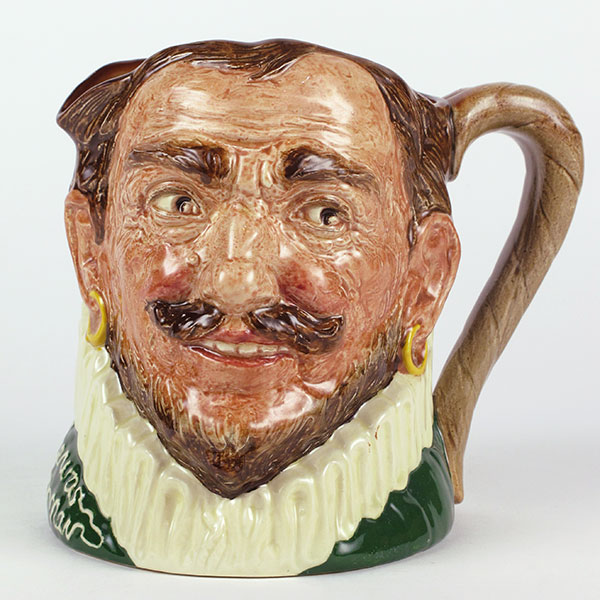
Royal Doulton Francis Drake character jug
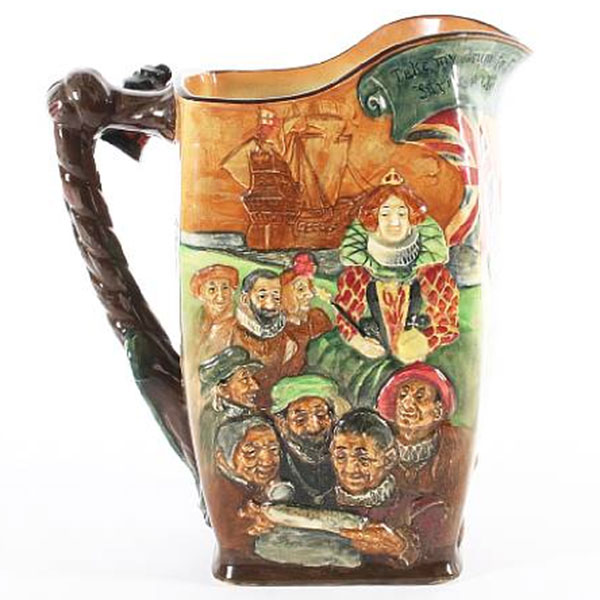
Royal Doulton Sir Francis Drake jug
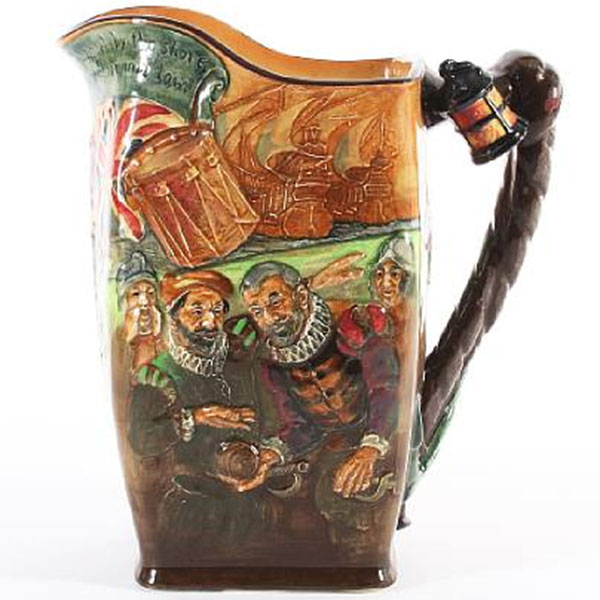
Royal Doulton Sir Francis Drake jug
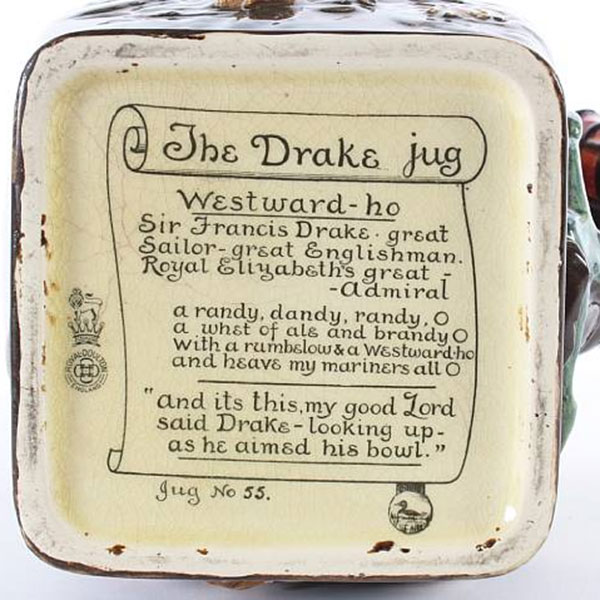
Royal Doulton Sir Francis Drake jug
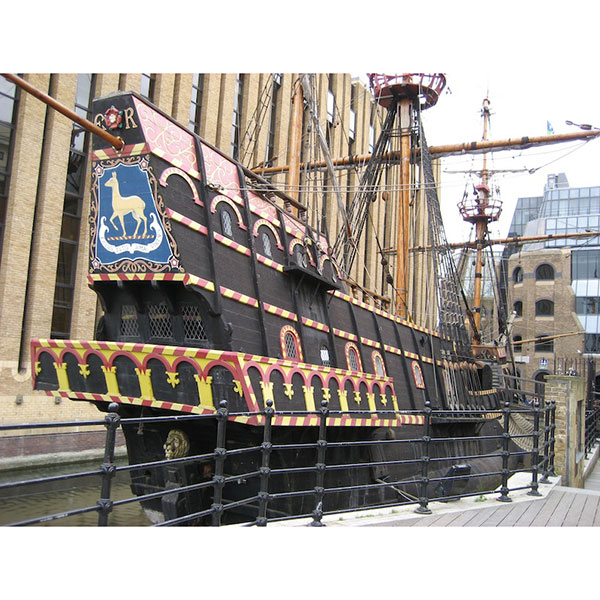
Sir Francis Drake's Galleon recreation in Southwark, London
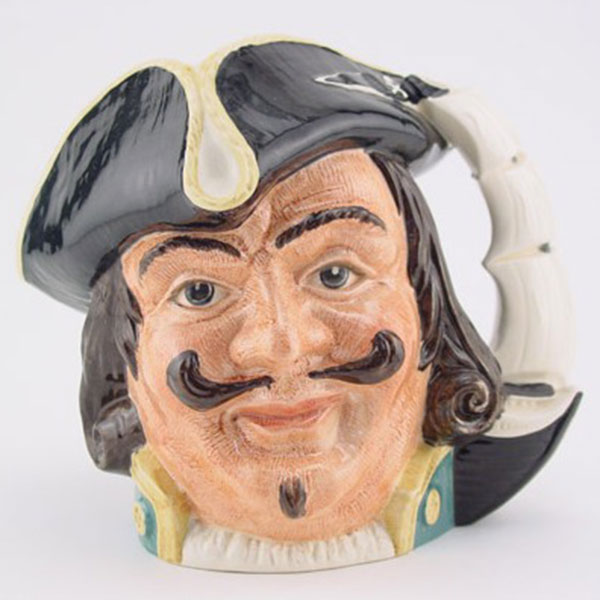
Royal Doulton Captain Henry Morgan character jug
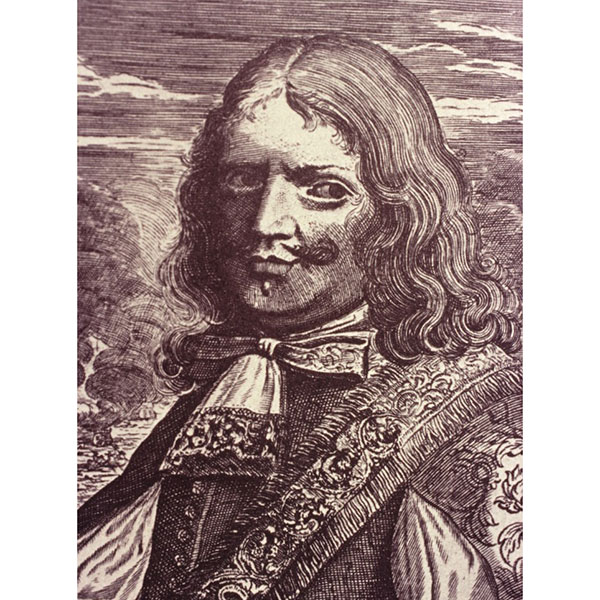
Captain Henry Morgan portrait
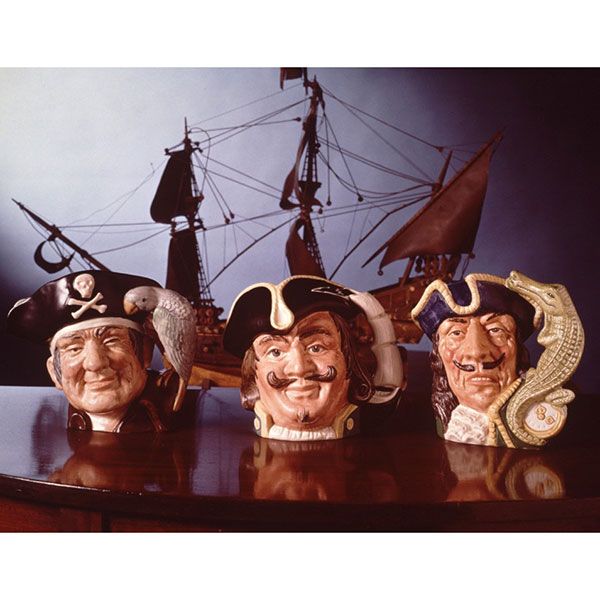
Royal Doulton Long John Silver, Captain Henry Morgan and Captain Cook character jugs
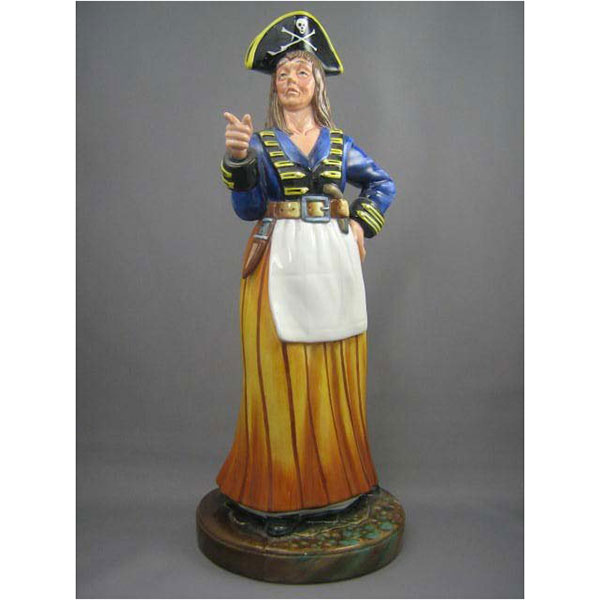
Royal Doulton Ruth Pirate Maid
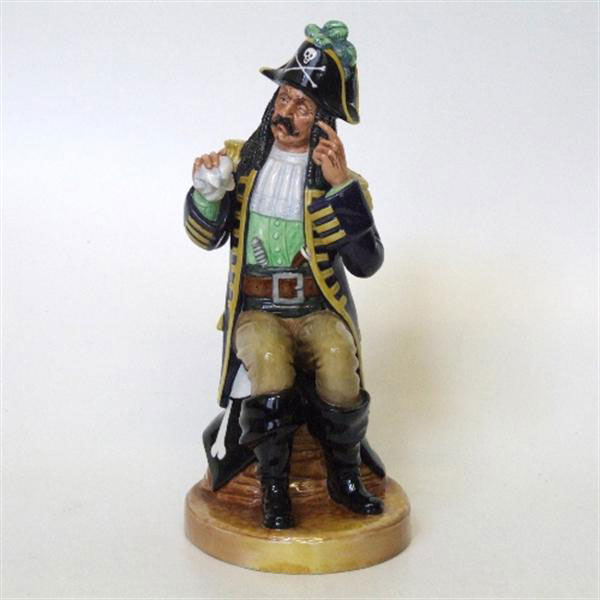
Royal Doulton Pirate King
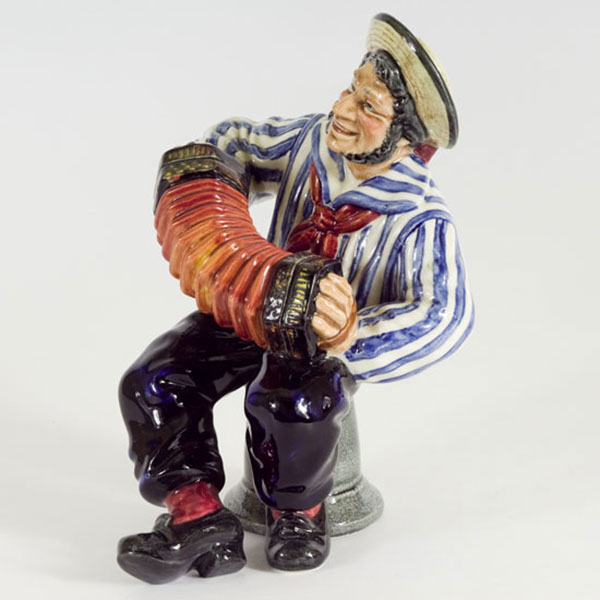
Royal Doulton Jolly Sailor
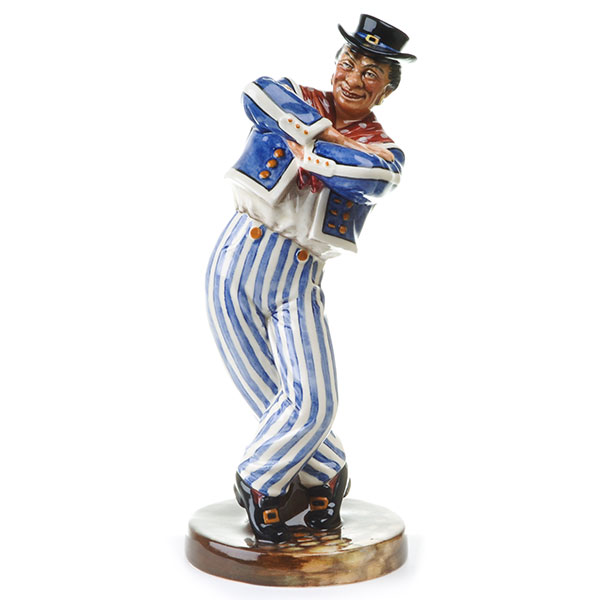
Royal Doulton Hornpipe

Trash Pirates
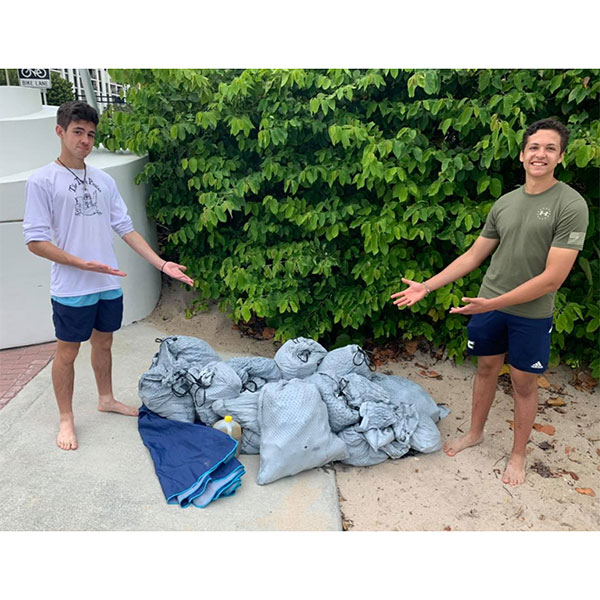
Trash Pirates
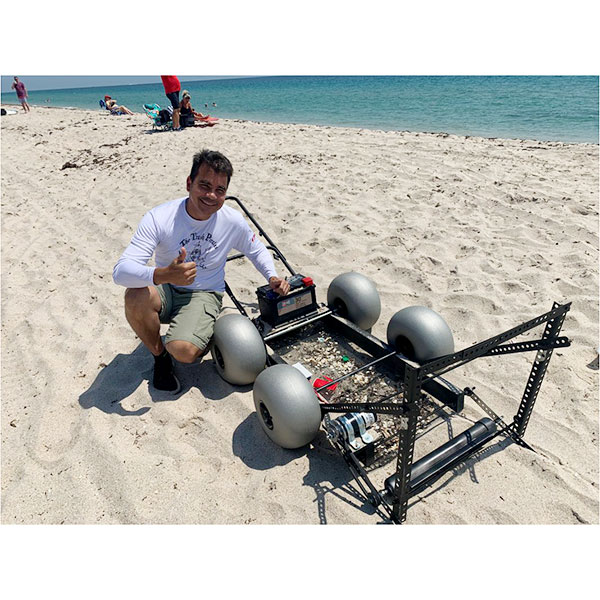
Trash Pirates
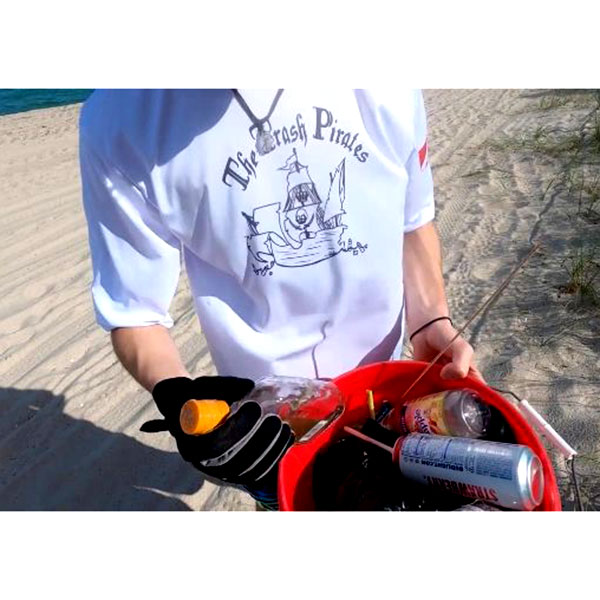
Trash Pirates
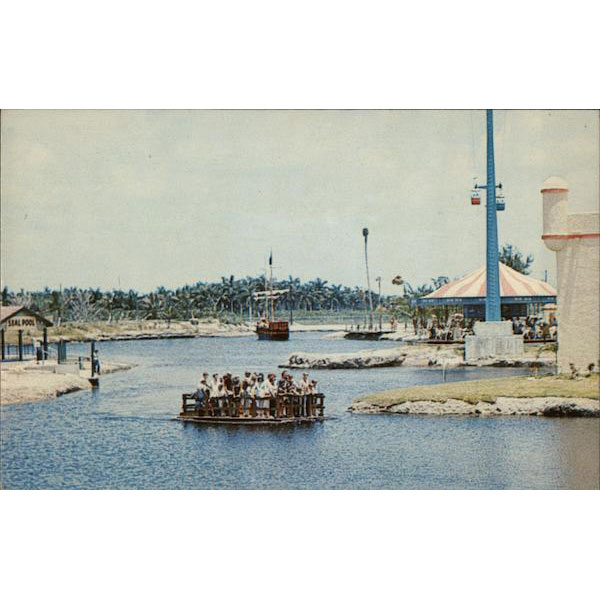
Pirates World formerly in Dania Beach now closed
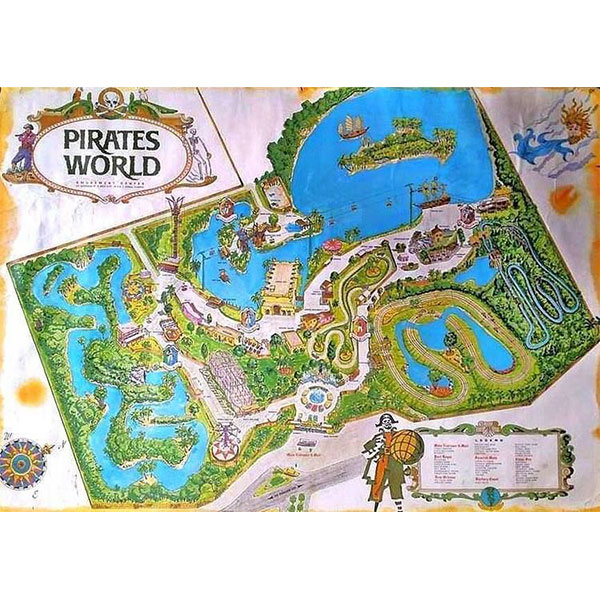
Pirates World formerly in Dania Beach now closed
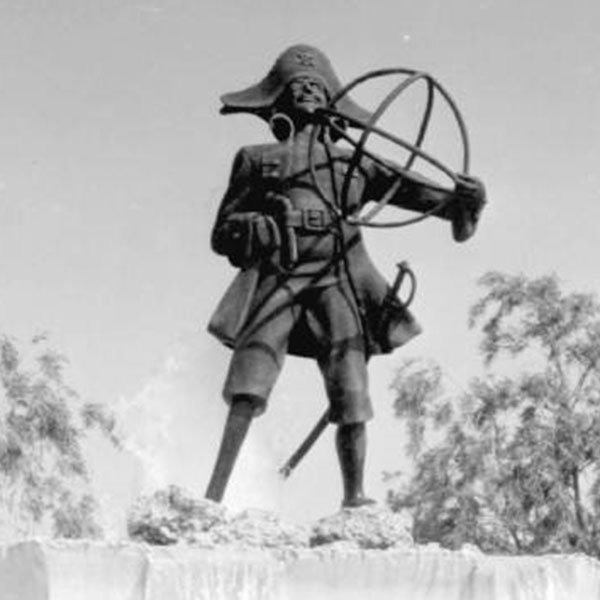
Pirates World formerly in Dania Beach now closed
